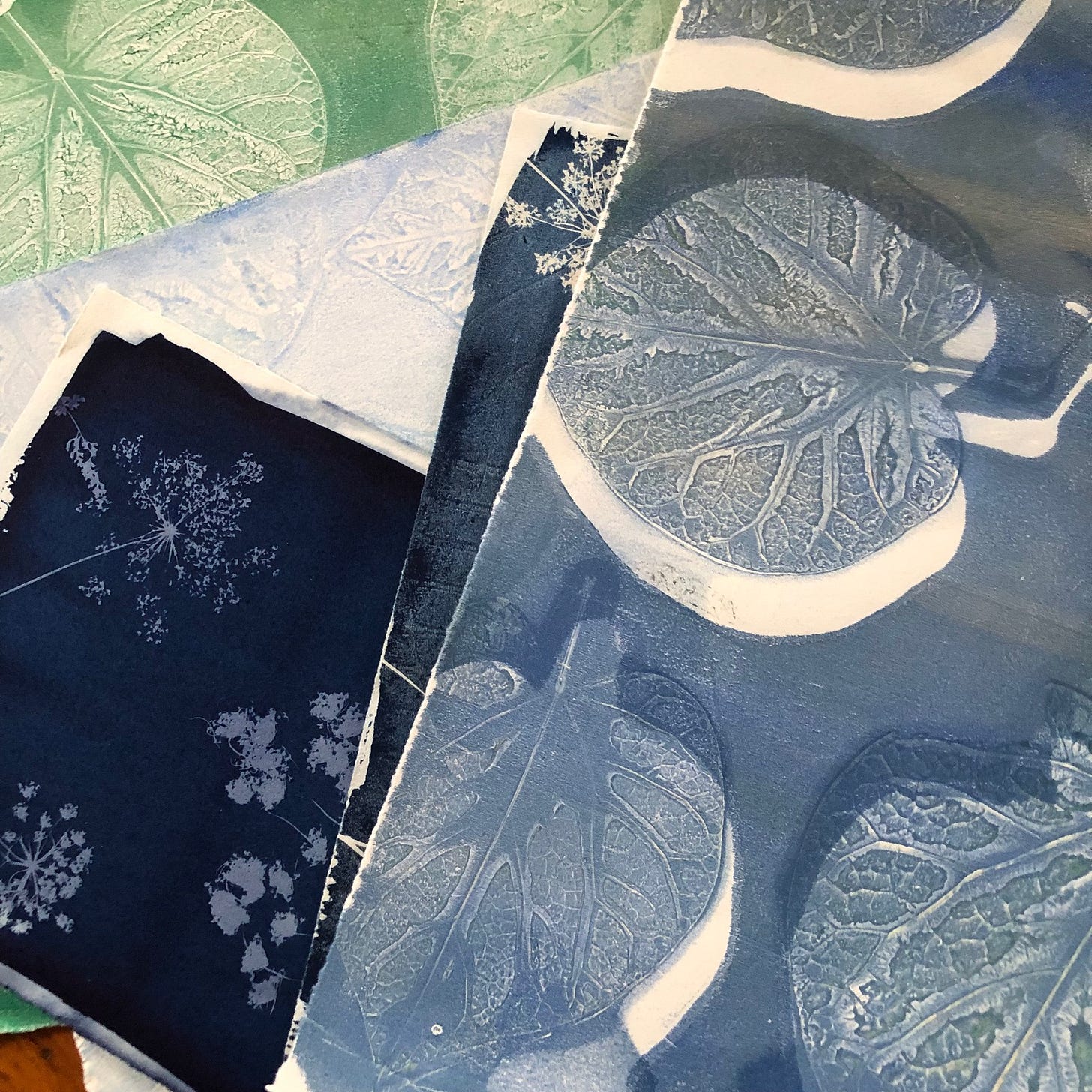It’s Only Natural
on writing what was and what is with Geoff Dyer, Annie Dillard, Helen Macdonald, Angela Palm, Sy Montgomery, and Terry Tempest Williams
There are, writes Geoff Dyer in the foreword of Annie Dillard’s essay collection The Abundance, three ills of which nature writers should live in permanent dread: preciousness, reverence, and earnestness (the sure sign, Nietzsche reminds us, of a slow brain).”
It’s hard, frankly, not to wax poetic about the first hump of the morning sun. Hard not to romance, on the page, the flight of the hummingbird. Hard not to toss an extra adjective in as the storm rolls in.
It’s important, however, to try.
So how does good writing about the natural world (and our place in it) get done? Who does it well? What can we learn from memoirists who have something to say not just about the thoughts in their own heads and the people in their rooms, but the landscape, weather, and animal life that beckon beyond their doors?
Let’s start with Dillard. Let’s turn to her classic, An American Childhood, and this passage from “Waking Up Wild.” It’s a full-immersion narrative. It’s a collision between the forces of nature and the yielding but (this is very important) still sly self. Dillard is not being deliberately poetical here. She’s not trying to impress you with her huge (for it is huge) vocabulary. She’s not trying to make this pretty. She at times repeats herself. She doesn’t look for a cooler way of describing that water than hard (first), then strong. She’s just telling you how it is, how it feels.
What does it feel like to be alive? Living, you stand under a waterfall. You leave the sleeping shore deliberately; you shed your dusty clothes, pick your barefoot way over the high, slippery rocks, hold your breath, choose your foot, and step into the waterfall. The hard water pelts your skull, bangs in bits on your shoulders and arms. The strong water dashes down beside you and you feel it along your calves and thighs rising roughly back up, up to the roiling surface, full of bubbles that slide up your skin or break on you at full speed.
Can you breathe here? Here where the force is greatest and only the strength of your neck holds the river out of your face? Yes, you can breathe even here. You could learn to live like this. And you can, if you concentrate, even look out at the peaceful far bank where maples grow straight and their leaves lean down. For a joke you try to raise your arms….
Helen Macdonald is, as I wrote when I reviewed her book H is for Hawk, “a poet, a naturalist, a historian of science, a falconer, and a daughter whose beloved father has suddenly died.” She is someone inhabited by grief, undone by insomnia, and morally inclined to train a goshawk, a breed of bird notorious for its feral heart.”




